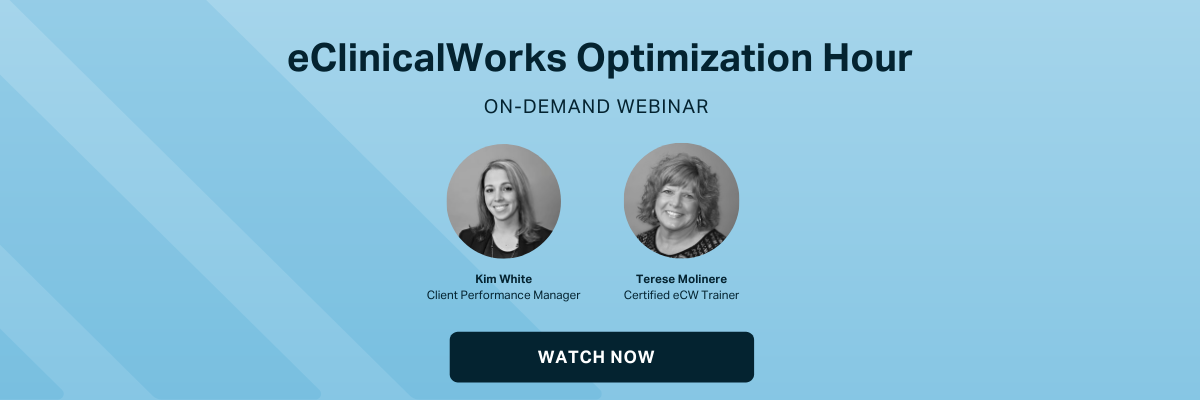As medical coding and billing becomes more complex, healthcare leaders are seeing the impact on collections and looking at how modern technology can reduce costs and improve efficiencies. Most modern-day electronic health records systems offer features that can reduce unnecessary spending and minimize claim errors to create a more profitable revenue cycle. Here, we will dive into some of the eClinicalWorks features that can improve the medical billing process.
A recent study published in the New York Times found that nearly a quarter of annual healthcare spending is wasteful, with largest source of waste being administrative costs, totaling $266 billion a year. This includes time and resources devoted to billing and reporting to insurers and public programs.
Practices using eClinicalWorks have access to a number of features that can help to reduce unnecessary time and resources often involved in the revenue cycle management process.
1. The Payment Plan Module
The eClinicalWorks Payment Plan Module is used to create payment plans by populating payment plan amounts based on amounts that are past due, the patients cost estimate, or outstanding claims. Within the eClinicalWorks Payment Plan Module, you can set up monthly payment plan thresholds such as minimum balance due and minimum payment allowed based on either a minimum dollar amount or percentage of the balance. You can also require approval for payment plans scheduled for a specific length of time or for balances over a certain dollar amount.
The fully integrated Payment Plan Module makes it easy to see if the patient has made payments on time or if payments are overdue. Alerts are another great feature within the Payment Plan Module. Account level alerts display the breakdown of the payment plan and when the next payment is due. And last, you can link payment plans to claims or encounters.
2. The Patient Cost Estimator
Collecting patient payments has proven to be a major revenue cycle management challenge. The Patient Cost Estimator helps practices to notify patients of the estimated cost for services prior to their visit therefore reducing common payment responsibility confusion and improving the patient experience.
To use this feature you must submit a support ticket to enable the item key to turn it on. The eClinicalWorks Patient Cost Estimator feature allows you to use your fee schedule(s) and the patient’s insurance benefits — as long as they are verifiable through the integrated clearinghouse functionality—to estimate patient responsibility based on services entered into the cost estimator.
The eClinicalWorks Patient Cost Estimator lets you:
- View any performed procedures to identify the estimated cost for the patient
- Post payments from the estimator
- Get a written signature on a loaded agreement
3. The Patient Payment Integration
The eClinicalWorks Patient Payment Integration is another feature that can help practices improve patient pay collections. The Patient Payment Integration makes it easy to run credit card and ACH transactions through a card reader or by inputting the information when posting the transaction.
This means users can stay in one system and reduce the payment processing time. And, by partnering with an integrated eCW vendor, you can set up payments in the eClinicalWorks patient portal and create recurring payment plans.
4. The Collections Integration
The last eClinicalWorks feature that can improve your revenue cycle management is the Collections Integration. This integration makes managing collections easier and more efficient by providing the much needed transparency practices want. With the Collections Integration, you can easily:
- Submit and manage accounts within the system
- Choose soft collections prior to hard collections
- Automate payment reporting processes









